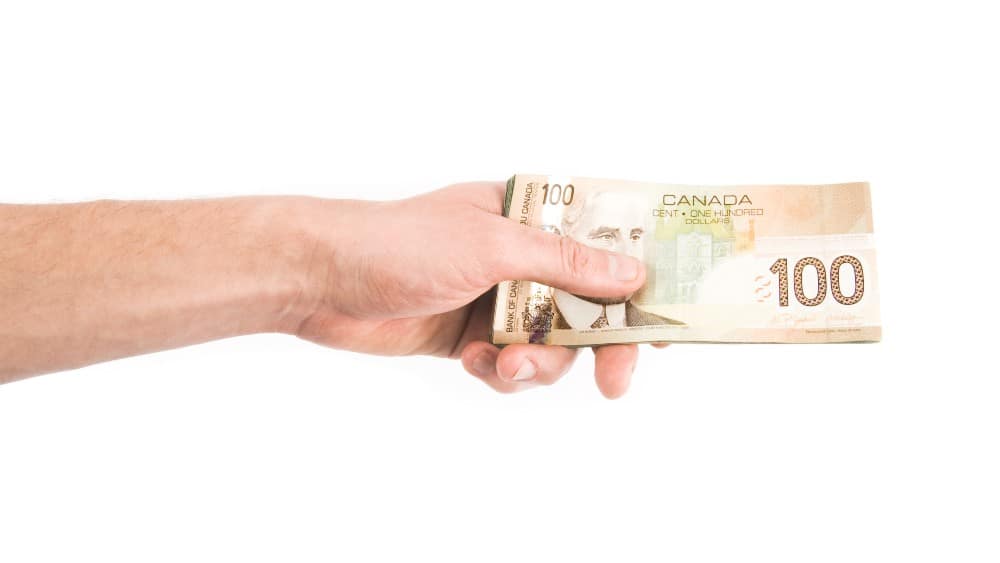The global economy is in a precarious position. Rising inflation and interest rates could push us into a recession. That would put further stress on stock prices.
Investing during a recession or bear market isn’t easy. But if you have $1,000 in excess capital, you need to put it to work before it loses 7% of its value to inflation. With that in mind, here are two potential investment strategies you could adopt for the years ahead.
Defensive investing
One way to face a recession is to be defensive. You could focus on minimizing risks and protecting as much capital as possible during the downturn. Usually, this strategy involves investing your capital in a robust dividend stock. However, most blue-chip stocks currently pay between 2% to 4% in dividend yield, which is far below the current inflation rate.
These companies are also at risk of declining profits in the months ahead. In a recession, retailers, banks, and even oil producers could see a dip in revenue. Meanwhile, the cost to borrow capital or hire staff is rising relentlessly, which could squeeze profit margins.
With that in mind, the most defensive strategy is to invest in government-backed, fixed-income instruments. Guaranteed Investment Certificates (GICs) are a prime example. Equitable Bank’s GIC interest rates range from 4.05% to 4.68% depending on the term. These returns are guaranteed by the government of Canada, which makes them far more attractive than a dividend stock paying 4.6% in dividends.
Deploying cash into a GIC that compounds at 4.68% could turn $1,000 into $1,256.95 within five years. That should help you preserve purchasing power during a period of high inflation.
Dollar-cost averaging
Building wealth during a recession is difficult but far from impossible. Plenty of companies have a robust portfolio of hard assets, low debt, and robust pricing power. That helps them withstand the pressures of an economic downturn.
Slate Grocery REIT (TSX:SGR.U) is a good example. The company owns and manages a portfolio of properties for grocery chains across America. 100% of its units are occupied big-box retailers and essential retail or pharmacy brands. This segment of the economy is resistant to recessions.
Slate’s portfolio of commercial properties and development pipeline also puts a floor on its valuation. At the moment, the stock is trading at just 99% of book value per share. That means for every $1,000 invested in Slate Grocery stock, you get tangible real estate assets worth slightly more than $1,000.
The stock also offers a lucrative dividend yield. $1,000 invested in Slate stock delivers $80 in annual dividends. That’s far higher than a typical GIC and even more than the rate of inflation. In fact, dividends could steadily rise in the months ahead as the company raises rents.
If you’re looking to create wealth during this downturn, dollar-cost averaging into Slate Grocery stock could be a good idea.
Bottom line
The likelihood of a recession has ticked up in recent months. Consumers are cutting back as the cost of fuel, food, and shelter rises. Investors can focus on low-risk income opportunities like GICs or robust dividend stocks like Slate Grocery REIT to sail through this downturn.








